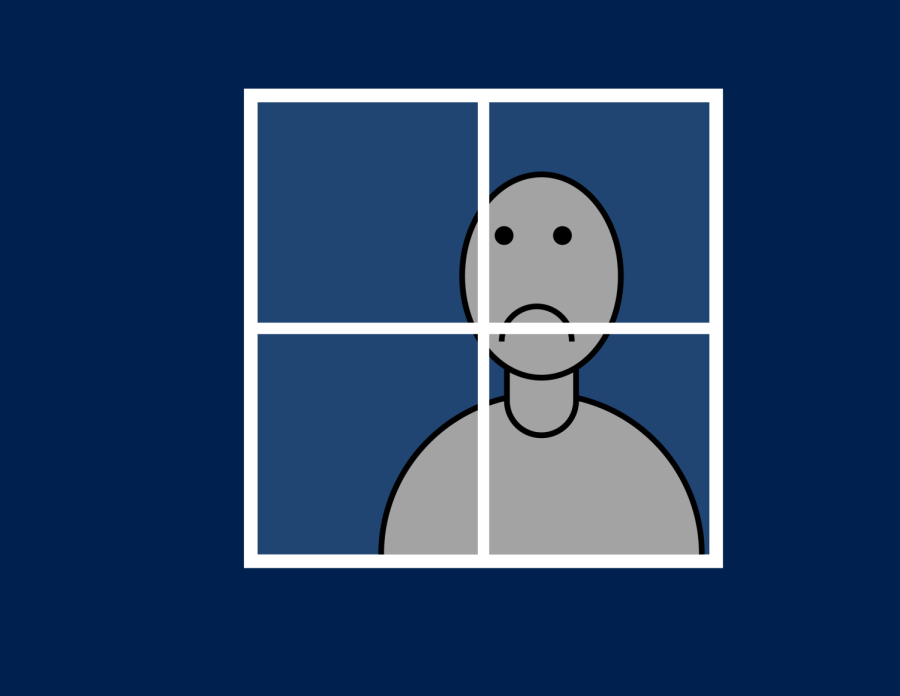Therapist shares tips for seasonal affective disorder
December 7, 2021
As the sun sets earlier and the temperatures drop, it’s common to feel depressed during the cold, dark winter months. Seasonal affective disorder, or SAD, is the official term for this type of depression.
SAD can affect anyone, especially those living in places, such as Illinois, where the sun is a rare sighting this time of year.
Experienced therapist Melanie Sivley, of Bodhi Counseling & Consulting Center in Champaign, shared some professional tips for fighting the depression that comes with SAD.
“Someone who struggles with seasonal affective disorder may be generally feeling gross and having a hard time focusing; it’s when you just don’t feel like yourself,” Sivley said.
Below is a list of techniques to use to get over the winter blues.
Get The Daily Illini in your inbox!
Exercise
“The hardest and most effective technique is cardio exercise, which helps decrease depression and anxiety,” Sivley said.
Though it is difficult to push our bodies to physically move while suffering from SAD, Sivley explained that it is well worth the challenge.
For some people, it may be helpful to engage in physical activity that focuses on mindfulness, such as yoga or pilates. These types of exercises allow the breath to lead the body, helping increase mindfulness and decrease stress and anxiety.
For others, it may be helpful to get fresh air and get the heart pumping, such as going on a run or hitting the gym. Participating in physical activity can increase serotonin levels as well as boost emotional states. Oftentimes, going on a jog leaves people feeling confident and productive.
Sun Lamps
Lamps that mimic sunlight are an effective way to decrease the depressive feeling that arises when the sun sets early. Sivley even has a sun lamp of her own.
“I leave mine on for 20-30 minutes in the morning; it gives little boosts of light that we don’t get a lot,” Sivley said.
Sun lamps are widely available, and they are sold in different shades, some even set to look like the sunrise.
Check vitamin D levels
Sivley said she often finds that most of her clients are deficient in vitamin D, which can contribute to their symptoms from SAD. She encourages all of her clients to get checked for their vitamin D levels and to consider taking supplements if deficient. It is very common to have low vitamin D levels, especially living somewhere that is cold for most of the year.
Meeting with a professional
Certain cases of SAD may be more severe, and those suffering from it may benefit from meeting with a therapist or a psychiatrist to discuss the possibility of medication.
“There is nothing wrong with medication,” Sivley said. “It may be an effective option for people who really struggle.”
There are a number of resources to contact for anyone looking to meet with a professional, such as the University of Illinois Counseling Center and dozens of medical professionals in the C-U area.
Lastly, remember it is common to suffer from seasonal depression, and it often goes away as the sun comes back out during the spring. Remember to stay strong, and put yourself first.







